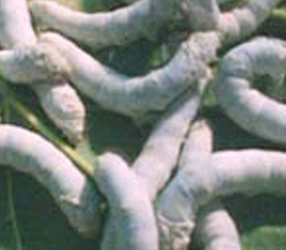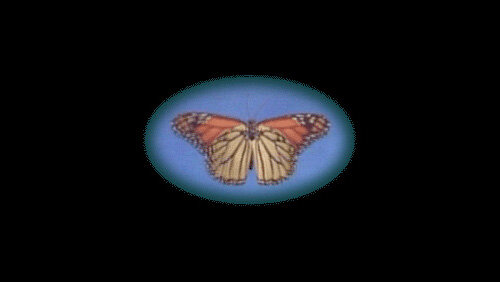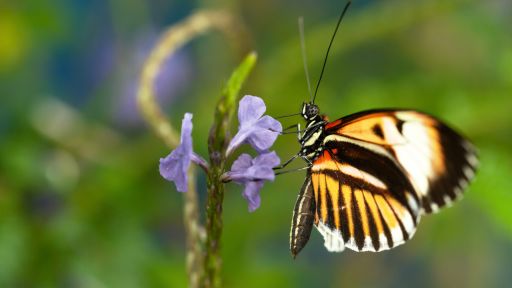To farmers and homeowners, insects are often pests — ceaseless enemies that threaten crops, clothes, and dwellings. But some insects are also prized possessions, the revered creators of valuable products. The tiny silkworm caterpillar is one of these valued crawlies, spinning the shimmering threads that are crafted into smooth, cool bolts of shining silk.
Silk is made from the filaments that silkworm caterpillars — known to scientists as Bombyx mori — use to weave their cocoons. To make the filaments, the caterpillars force two fine streams of thick goo out of small pores in their heads, and the ooze solidifies into silk. Silk makers take the finished cocoons, unwind them by hand, and then, in a complex process documented in Alien Empire, process it into silk threads. A single cocoon can yield hundreds of feet of thread.
The Chinese are credited with discovering silk production more than 4,000 years ago. They also pioneered the technique of worm farming, which involves raising millions of the caterpillars in special trays filled with their favorite food, the leaves of the mulberry tree. Today, China is still the leading silk producer in the world. To the squeamish, a silkworm may look like just another insect. But to silk makers, the caterpillars are marvelous weavers with a golden touch.









